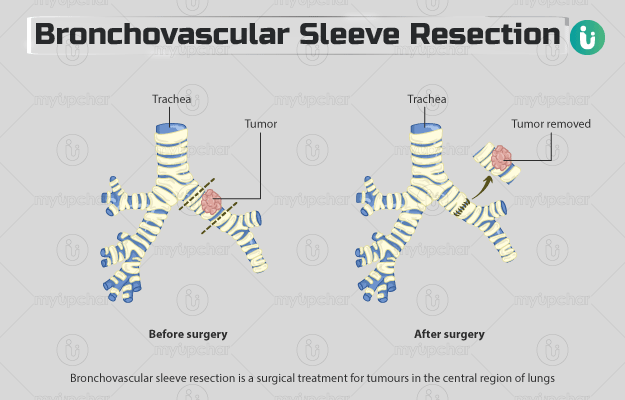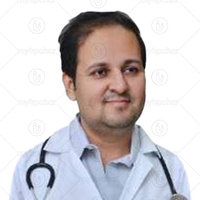Summary
Bronchovascular sleeve resection is the surgery for the treatment of central lung tumours that have spread to the pulmonary artery. During the surgery, the surgeon removes the affected parts of the bronchus, upper lobes of the lungs, and pulmonary artery and reconnects the open ends of the bronchus and pulmonary artery. Different tests such as blood tests, computed tomography scan, fibreoptic bronchoscopy, and X-ray are performed before the surgery to assess the tumour. The surgery will be performed with general anaesthesia, you will be asleep during the procedure. After the surgery, you will need a hospital stay of about five to 10 days. Your surgeon will prescribe medications to relieve the pain that you may experience after the surgery.
Your follow-up will take place in two to six weeks, but you should visit the doctor at the earliest if you notice any unpleasant symptoms such as swelling or redness at the operation site or foul odour from the surgical wound. Some possible risks of this surgery include infections, bleeding, and leakage in the anastomosis.
















